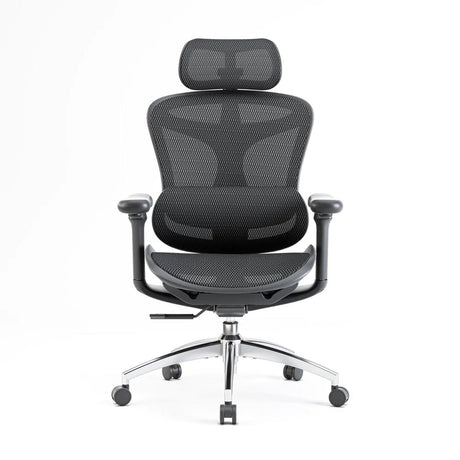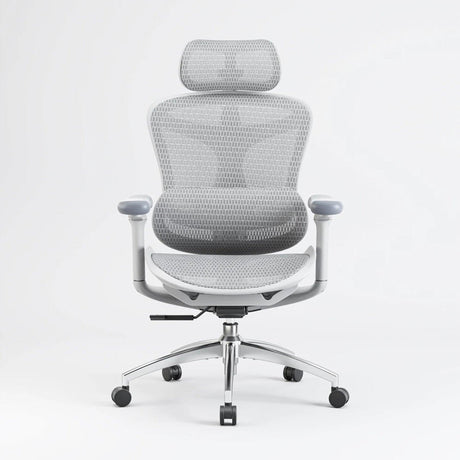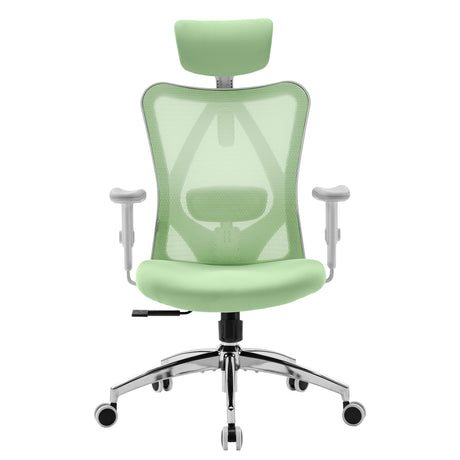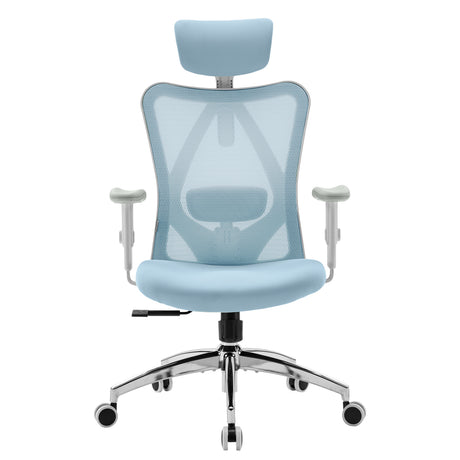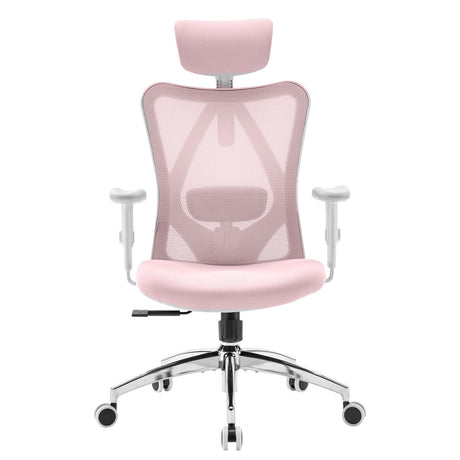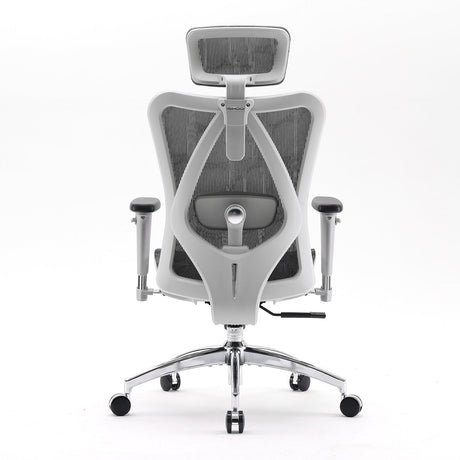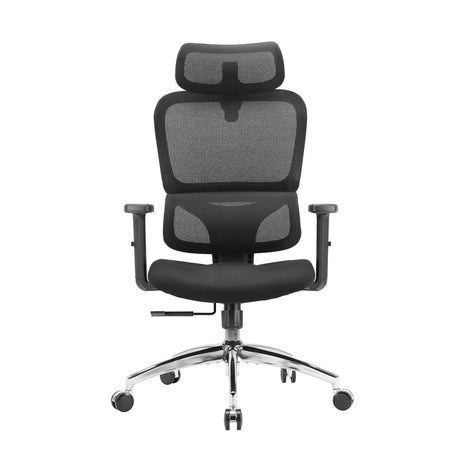Attention-Deficit/Hyperactivity Disorder (ADHD) is often described as a condition of distractibility, impulsivity, and hyperactivity—but people who live with ADHD know it is far more complex. At its core, ADHD involves challenges with executive functioning: planning, starting tasks, regulating focus, maintaining motivation, and managing time. These challenges can turn even simple responsibilities into daunting hurdles.
One method that has gained significant recognition among clinicians, ADHD coaches, and productivity experts is the 20-minute rule. It is a structured approach to breaking through task paralysis, improving focus, and building consistency without overwhelming the brain.
This article offers a deep, professional, and practical explanation of what the 20-minute rule is, why it works, the neuroscience behind it, how to use it for different types of tasks, and how it compares to other popular ADHD productivity methods. If you have ADHD—or support someone who does—this is your complete guide to understanding and applying the 20-minute rule effectively.
1. Introduction
ADHD affects individuals across all ages, occupations, and cultural backgrounds. And while everyone experiences occasional distraction or restlessness, ADHD makes these tendencies chronic, persistent, and disruptive. The disorder impacts academic performance, professional success, household management, and emotional well-being.
One of the most universal challenges is getting started. People with ADHD often describe task initiation as an invisible wall—no matter how small or familiar the task is, beginning feels disproportionately difficult. This difficulty contributes to procrastination, shame, and anxiety.
The 20-minute rule is one of the simplest, most accessible ways to disrupt this cycle. It creates a manageable entry point into any task, helping the brain transition from avoidance to action.
2. What Is the 20-Minute Rule for ADHD?
The 20-minute rule is a time-based strategy where you commit to working on a task for only 20 minutes, without expecting completion or perfection. After 20 minutes, you are free to stop—no guilt, no pressure. If you feel motivated to continue, you simply keep going in additional 20-minute segments.
At its core, the rule is built on three principles:
(1) Lowering the activation threshold
The brain’s resistance to starting a task is often higher than the difficulty of the task itself. Committing to “just 20 minutes” reduces mental friction.
(2) Harnessing focus momentum
ADHD brains often struggle with starting but can hyperfocus once engaged. The 20-minute period serves as a bridge into sustained attention.
(3) Reducing emotional overload
Tasks appear less overwhelming when broken into small, predictable chunks. The limited time window reduces anxiety about failure or exhaustion.
The 20-minute rule is flexible, simple, and free—making it widely used among ADHD coaches, therapists, and productivity specialists.
3. Why the 20-Minute Rule Works: A Brain-Based Explanation
To understand why the rule is so effective, it helps to look at how ADHD affects brain function, especially the prefrontal cortex, which is responsible for:
- Task initiation
- Planning and prioritizing
- Working memory
- Focus regulation
- Time perception
- Motivation
Dopamine and Reward Anticipation
ADHD is associated with lower dopamine levels in neural pathways responsible for motivation and reward processing. When a task does not provide immediate gratification, the ADHD brain struggles to connect effort with reward.
By making the starting point short and achievable, the 20-minute rule triggers small dopamine boosts that reinforce task engagement.
Short time windows reduce cognitive load
Long tasks often induce anxiety or mental fatigue before they even begin. The 20-minute window limits the cognitive demands placed on the prefrontal cortex, easing the transition into action.
Activation energy becomes manageable
Just like a car needs a spark to start, the brain requires activation energy. For ADHD brains, this energy is disproportionately high. Reducing the expectation from “finish this task” to “work for 20 minutes” helps bypass resistance.
Momentum effect
Once engaged, many people with ADHD experience the momentum effect: it becomes easier to continue than to stop. The rule takes advantage of this neurocognitive pattern.
4. ADHD, Task Initiation, and “Time Blindness”
Several ADHD-related phenomena directly contribute to procrastination:
Time blindness
People with ADHD often struggle to judge how long tasks take. Large tasks feel infinite; small tasks feel either trivial or suddenly urgent.
Emotional avoidance
Tasks associated with frustration, boredom, or uncertainty activate avoidance circuits in the brain.
Overwhelm and perfectionism
ADHD may include perfectionistic tendencies—when a task feels too big or too important, it becomes harder to start.
Working memory overload
When too many steps or thoughts accumulate at once, the brain freezes.
The 20-minute rule reduces these barriers by turning tasks into emotionally neutral, time-bounded segments.
5. How to Apply the 20-Minute Rule in Daily Life
Here is a structured, clinically informed method for using the rule effectively.
Step 1: Choose one specific task
Avoid vague goals like “work on assignments.”
Instead, define something actionable:
- “Write the introduction paragraph.”
- “Sort the mail.”
- “Clean the kitchen counter.”
- “Respond to three emails.”
Clarity reduces decision fatigue.
Step 2: Set a 20-minute timer
Any timer works—phone, smart speaker, app, or a physical timer.
Important: don’t estimate; use an actual countdown. ADHD brains need external time cues.
Step 3: Work on the task with gentle focus
For 20 minutes, work at a comfortable pace. No pressure to finish or achieve perfection.
The goal is engagement, not completion.
Step 4: Stop at 20 minutes and evaluate
When the timer ends, ask:
- “Do I want to stop?”
- “Do I feel like continuing?”
- “Would another 20 minutes feel okay?”
Both answers are acceptable. There is no failure.
Step 5: Repeat if desired
If you continue, set a new 20-minute timer and work through another cycle.
The first 20 minutes break resistance; additional cycles build sustained productivity.
Step 6: Reward the effort
ADHD brains respond strongly to reward reinforcement. Even small rewards—tea, music, movement, or a short break—help embed the habit.
6. Variations of the 20-Minute Rule
Many people adjust the rule to match their natural rhythms.
The 10/20/30 method
Start with 10 minutes, work 20 minutes, rest 10 minutes.
The 20-minute “warm-up”
Use 20 minutes to prepare your environment: organize materials, clear your desk, jot down priorities.
The 20-minute “reset” period
Use it at the end of the day to reset your workspace, schedule, or digital clutter.
The 20-minute body-double session
Work with someone else—virtually or in person—for simultaneous accountability.
7. How the Rule Helps With Common ADHD Challenges
Task initiation paralysis
By lowering the barrier to entry, the rule eliminates the “all-or-nothing” mindset.
Overwhelm
Instead of seeing a task as a mountain, it becomes a short, manageable block.
Inconsistent focus
The brain only needs to concentrate for 20 minutes—not hours.
Perfectionism
Since the objective is time, not output, the pressure to produce flawlessly decreases.
Hyperfocus regulation
The rule also helps the opposite ADHD issue: getting stuck in hyperfocus for too long.
Timers remind you to check in with your body and schedule.
8. Using the Rule for Schoolwork, Office Tasks, and Daily Life
The 20-minute rule is versatile and effective across multiple domains.
For Students
- Reading difficult chapters
- Writing essays
- Reviewing notes
- Studying math or science problems
- Completing long-term projects
Students with ADHD often avoid academic work because it feels endless. Twenty-minute increments transform large tasks into achievable segments.
For Professionals
- Email triage
- Report drafting
- Data entry
- Coding or design work
- Administrative tasks
- Project planning
Workplace overwhelm and task-switching issues are common in ADHD; the 20-minute structure improves both productivity and emotional stability.
For Household Chores
- Laundry
- Cleaning rooms
- Organizing paperwork
- Meal preparation
- Dishwashing
- Decluttering
A 20-minute session can turn an intimidating mess into a manageable routine.
For Personal Life and Wellness
- Exercising for short periods
- Meditating
- Journaling
- Managing finances
- Practicing hobbies
Short, consistent engagement builds long-term skills and habits.
9. The 20-Minute Rule Compared to Other ADHD Methods
20-Minute Rule vs. Pomodoro Technique
Pomodoro uses 25-minute sessions with strict breaks.
The 20-minute rule is more flexible and emotionally forgiving—ideal for ADHD-related task initiation struggles.
20-Minute Rule vs. Time Blocking
Time blocking schedules periods in advance.
The 20-minute rule starts immediately and adapts as you go.
20-Minute Rule vs. Micro-Tasking
Micro-tasking breaks tasks into tiny pieces.
The 20-minute rule breaks time, not the task itself—helpful when you don’t know where to start.
10. Tools and Apps That Support the 20-Minute Rule
While no tools are required, the following can strengthen the habit:
- Timers: Forest, Focus To-Do, Minimalist
- Body-doubling platforms: Flown, Focusmate
- ADHD-friendly planners: Motion, Sunsama
- Smart home devices: Alexa or Google Home for hands-free timers
- Visual timers: Time Timer (excellent for children and adults)
Environmental cues such as clear desks, noise-canceling headphones, or background sound also improve focus.
11. Expected Challenges and Overcoming Them
Difficulty starting even the 20 minutes
Try:
- 5-minute warm-up
- A body-double partner
- A “just open the file” micro-task
Stopping hyperfocus
Use alarms or ask someone else to check in after 20 minutes.
Distractions mid-session
Keep a “distraction parking lot” list next to you.
Write the intrusive thought down, then return to the task.
Emotional resistance
Set the intention:
“You don’t have to finish. You only have to start.”
12. What Science Says About Time-Limited Work Bursts
Research on behavioral activation, cognitive load, and implementation intentions supports the idea that:
- Short, structured time segments increase task initiation.
- External timers improve attention regulation.
- Reducing cognitive load lowers avoidance behaviors.
- Predictable cycles reduce anxiety and improve motivation.
While the 20-minute rule itself is not a formal clinical treatment, it aligns closely with evidence-based strategies used in ADHD coaching and cognitive-behavioral therapy.
13. Who Should Use the 20-Minute Rule?
The rule is especially beneficial for:
- Students with ADHD
- Adults with ADHD who struggle with task initiation
- Professionals with executive function challenges
- People prone to procrastination
- Individuals experiencing decision fatigue or overwhelm
- Anyone who wants to build sustained work habits
It is also helpful for people without ADHD who want a gentler approach to productivity.
14. When the 20-Minute Rule Might Not Work
There are cases where the rule may be less effective:
- Severe ADHD symptoms without medication support
- Tasks requiring deep, uninterrupted concentration (e.g., complex coding)
- Highly emotional tasks that require coaching or therapy
- Physical exhaustion or burnout
- Environments with excessive noise or interruptions
In these cases, additional interventions may be needed.
15. Expert Tips for Long-Term Success
(1) Use it consistently but not rigidly
The method should support you, not restrict you.
(2) Pair it with external cues
Timers, visual clocks, and checklists build habit memory.
(3) Start with tasks that create “quick wins”
Momentum matters. Early success reinforces the system.
(4) Use accountability partners
Body-doubling dramatically improves engagement for ADHD brains.
(5) Add emotional rewards
Celebrate effort, not outcome.
(6) Combine with medication or therapy if needed
For many people, structured techniques work best alongside medical or psychological support.
16. Conclusion
The 20-minute rule is more than just a productivity trick—it is a practical, brain-friendly approach designed to support the way ADHD minds work. By lowering the entry barrier, reducing overwhelm, and creating structured momentum, the rule empowers individuals to begin tasks that previously felt insurmountable.
Its simplicity is its strength: start for 20 minutes, evaluate, and decide whether to continue.
Over time, this small commitment builds routines, confidence, and self-trust—three things that ADHD individuals often struggle with.
Whether you are a student, professional, parent, or someone exploring new strategies to manage ADHD, the 20-minute rule offers a realistic and compassionate path toward greater focus and productivity.
If applied consistently, it doesn’t just help you get things done—it helps you transform your relationship with time, attention, and self-motivation.


